ThEO
Forest structure and dynamics
Katja Oehmichen
In order to record and monitor the forest in its structure and dynamic development, the Thünen Institute tests and analyses various cross-scale remote sensing data and new remote sensing technologies.
The remote sensing experts at the Thünen Institute are investigating possible applications of remote sensing products in various research projects in order to better answer current questions about the forest. The investigation levels range from small areas of intensive forest monitoring to larger investigation areas to the forest area of the whole of Germany. Forestry as well as ecological parameters are surveyed. With the help of remote sensing, the following goals are to be achieved:
- Establishment of a nationwide recording system for forest damage
- Nationwide mapping of tree species in Germany
- Integration of remote sensing data into the evaluation of the terrestrial federal forest inventory for improved estimation of forest parameters (wood supply, biomass, stand height)
- Vitality and forest damage analysis
- Study on possible applications of drones in forest environmental monitoring
Our research questions
- In what state of vitality are our forests? Which forests are damaged? How large are the damaged areas?
- How are the tree species distributed across Germany?
- Which wood stocks and biomass can be found in certain regions?
- What can artificial intelligence be used for in remote forest sensing?

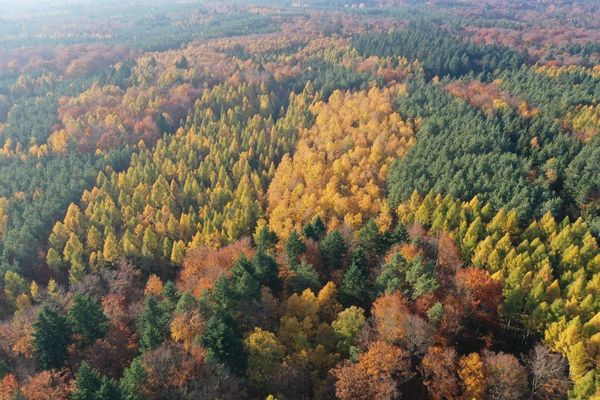
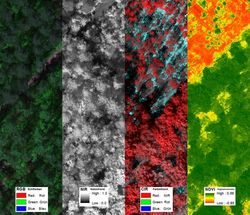
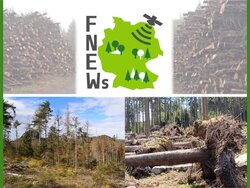
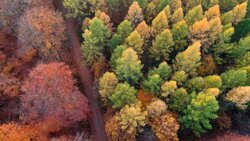
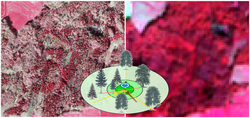
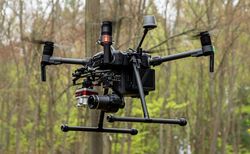

![[Translate to English:] Remote sensing](/media/_processed_/4/e/csm_100_0074_0007_6a05f6cef4.jpg)
![[Translate to English:] Logo des Bundesministerium für Ernährung und Landwirtschaft](/media/allgemein/logos/BMEL_Logo.svg)